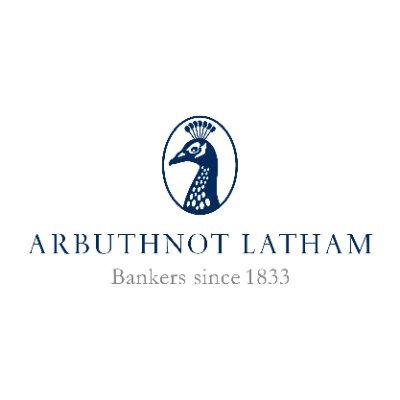When life after fifty-five begins to feel like a second career, many find their housing options stuck in a past era. Today’s over-fifties are shrugging off the stereotype of quiet retirement villages and craving homes that mirror their continued ambition and appetite for connection. Investors who recognise this shift now will discover that the next frontier of property opportunity lies not in the first-time buyer market, but in crafting dwellings that champion freedom, community and lifelong engagement.
Across the UK, an ageing demographic is gaining fresh momentum. Far from winding down, the over-55 cohort remains deeply engaged in work, travel and social life, yet finds itself hampered by homes built for a bygone blueprint. Rather than choosing large, maintenance-heavy houses or stigmatised care settings, this group seeks compact yet spacious residences that blend independence with amenity-rich living. Investors and developers who tune into these evolving preferences will unlock a reservoir of demand that is unfolding now, not in some distant future.
For those approaching mid-career or already enjoying the fruits of decades in the workforce, the lure of ownership often gives way to the flexibility of renting. Freed from steep maintenance costs and the long-term commitment of traditional mortgages, downsizers increasingly treat their home as a service rather than a fixed asset. This trend, echoing the broader subscription economy, sees mature households willing to pay for concierge services, on-site wellness facilities and adaptable lease terms. The opportunity for purpose-built rental properties designed exclusively for the active over-55s remains largely untapped in the UK, yet early examples in the US and parts of Europe demonstrate how thoughtfully delivered living schemes can command strong occupancy and premium rents.
Still, the path to delivering these modern communities is strewn with obstacles. Local planning regimes, often geared towards family housing or seasoned care complexes, can delay or even derail proposals for multi-generational developments. Section 106 obligations vary wildly between councils, creating uncertainty over cost and timescale. Investors who navigate these hurdles by fostering closer dialogue with planning authorities and advocating for consistent policy tweaks will stand ahead of their peers. Likewise, targeted tax incentives for downsizers, such as reduced stamp duty for those moving into smaller homes, could unleash a wave of household reconfigurations, freeing up family homes and bolstering market fluidity.
Birmingham offers a compelling blueprint for what can be achieved. Its well-connected transport network, vibrant cultural scene and comparatively affordable prices have long enticed young professionals, but the same qualities resonate just as strongly with older residents. Easy walkability to leisure hubs, proximity to healthcare services and opportunities for intergenerational exchange in shared spaces all make a compelling case for developments that cater to 55-plus occupiers. Here, high-spec apartments with communal lounges, fitness studios and optional care packages can thrive alongside standard residential blocks, creating neighbourhoods that defy age segregation.
For investors, the timing could not be more opportune. As the UK’s over-55 population swells, the supply of bespoke housing remains stubbornly limited. Those who move now to back rental models with flexible tenures, or specialist downsizer schemes that deliver elegant, low-upkeep homes, will not only benefit from first-mover advantages but also shape an emerging asset class. Financial viability improves as rental demand solidifies, and a growing body of evidence suggests these communities attract longer tenancies and reduced turnover costs.
Beyond bricks and mortar, the shift heralds a broader social dividend: healthier, more engaged later lives. By reframing how we think about housing for the active generation, developers and investors can forge developments that enhance wellbeing, foster community cohesion and deliver sustainable returns. As planning reforms begin to catch up with demographic realities, the stage is set for a transformation in which over-55s no longer settle for housing fit for retirement, but choose homes that propel them into the next chapter of their ambitions.
Arbuthnot Banking Group PLC (LON:ARBB), operating as Arbuthnot Latham, offers private and commercial banking products and services in the United Kingdom. Established in 1833, Arbuthnot Banking is headquartered in London, United Kingdom.










































